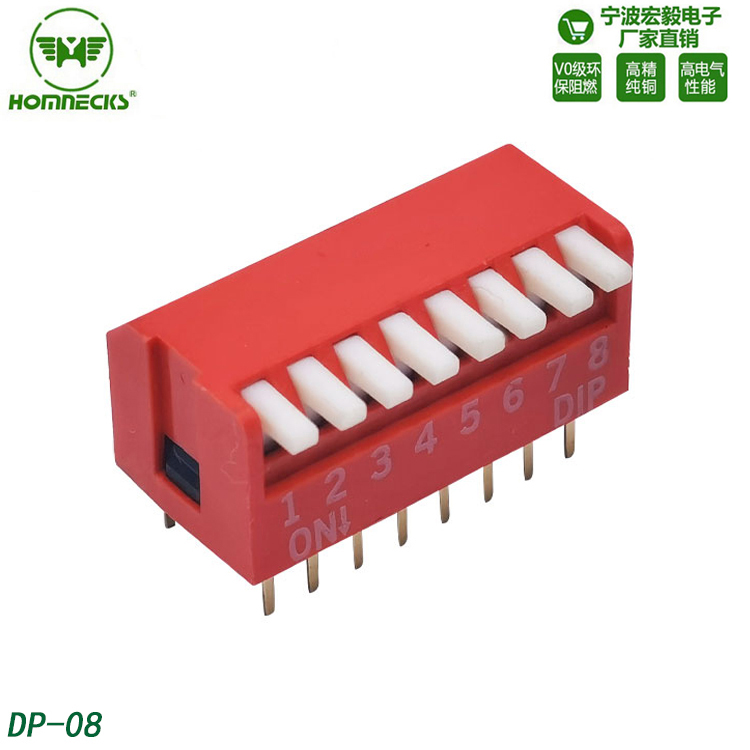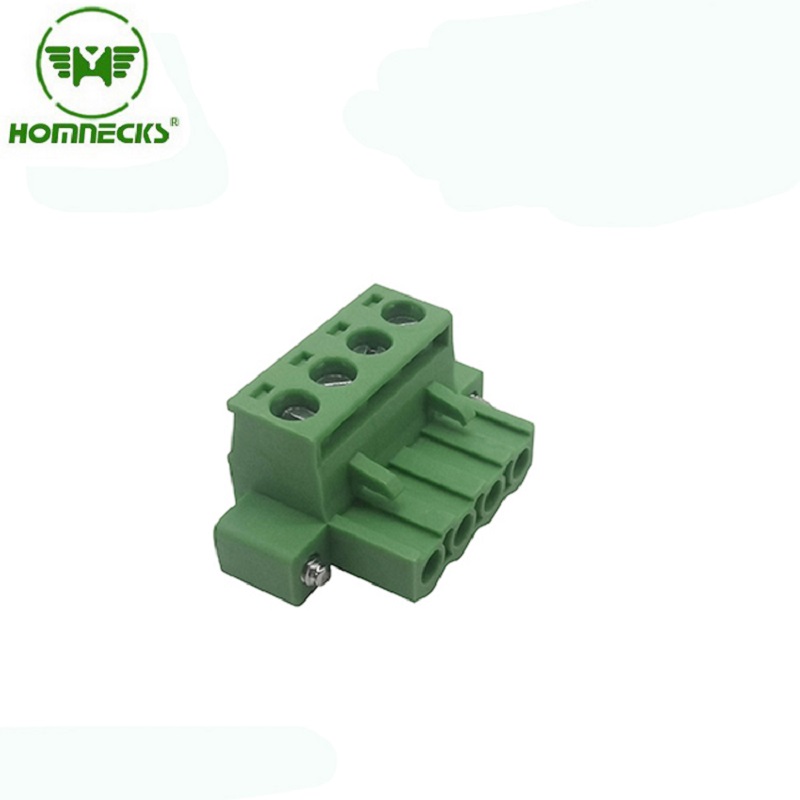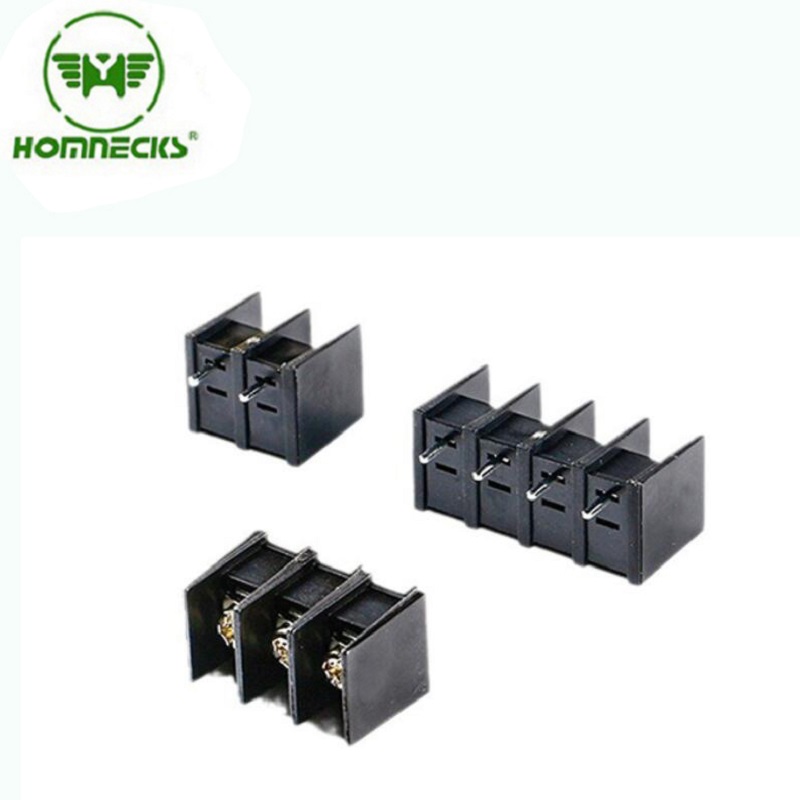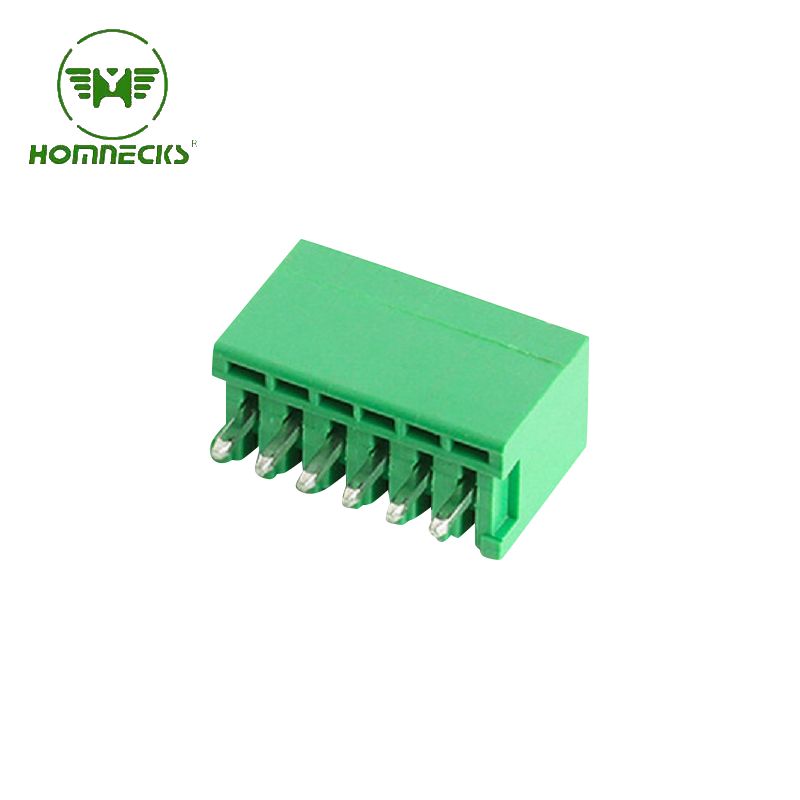Terminal blocks have a wide range of applications in the field of instruments and meters. Instruments and meters are devices used for measuring, monitoring, and controlling various physical quantities and processes, and terminal blocks play an important role in connecting and transmitting signals in this field. Here are some common applications of terminal blocks in the field of instruments and meters:
Signal connection: Instruments and meters need to be connected to sensors, actuators, controllers, and other devices to receive and transmit various signals. Terminal blocks are used to provide reliable electrical connections, ensuring stable signal transmission and accurate measurements.
Instrument wiring: Terminal blocks are used for internal wiring in instruments, connecting control buttons, indicator lights, display screens, and other components on the instrument panel. This makes the use of instruments more convenient, and operation and monitoring more intuitive.
Instrument calibration: Terminal blocks also play an important role in instrument calibration. By connecting calibration instruments and the instrument being calibrated through terminal blocks, signal transmission and calibration accuracy are ensured.
Instrument maintenance: During instrument maintenance and repair, terminal blocks allow for easy disconnection and connection of various modules inside the instrument, providing a convenient way for maintenance and repair.
Signal isolation: Some instruments require signal isolation to ensure the safety and accuracy of data. Terminal blocks can provide signal isolation and anti-interference functions, protecting the normal operation of instruments and systems.
Through the application of terminal blocks, instruments and meters can achieve reliable signal connection and transmission, providing accurate measurement and control functions. Terminal blocks also simplify the installation and maintenance processes of instruments.









